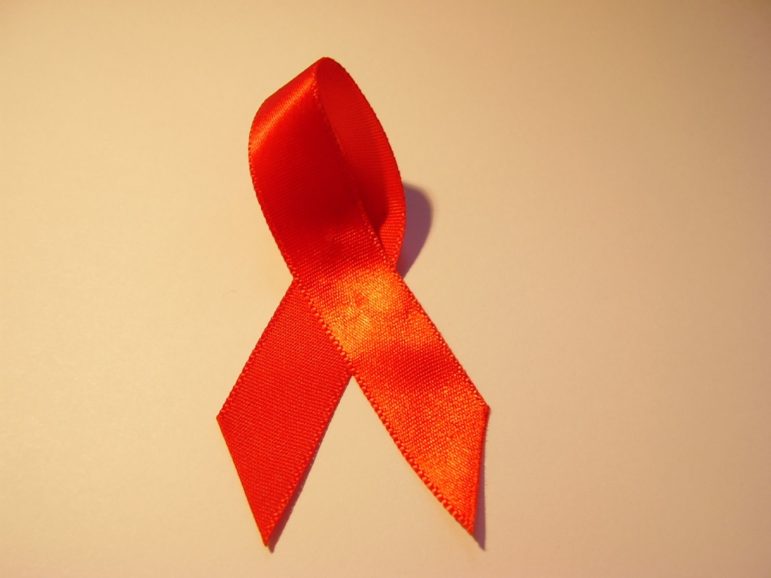
anqa
For the first time in history, the city’s homeless population has exceeded 60,000, according to statistics released recently by the Department of Homeless Services. A mix of escalating rents and deregulation of apartments has created a shortage of affordable housing and a homelessness epidemic. In particular, the epidemic has had a devastating impact on those living with and affected by HIV/AIDS, exacerbating obstacles to desperately needed healthcare and creating a doomed cycle of socioeconomic barriers that is nearly impossible to break.
The AIDS epidemic is 35 years old and is still with us. Despite the progress we’ve made in developing and providing increased access to medical treatments, there are still over 140,000 HIV-positive individuals in New York City alone, as well as roughly 3,000 new HIV diagnoses each and every year in New York State.
New York State has set a collective goal of ending AIDS as an epidemic by 2020, an objective that is finally in reach. However, if we are going to end this epidemic, we must also eradicate homelessness. With safe, stable, and affordable housing, people with HIV are more likely able to access comprehensive health care and supportive services, get on HIV treatment, take their HV medication consistently, and see their health care provider regularly. Individuals with HIV who are homeless or lack stable housing are more likely to delay HIV care, have poorer access to regular care, and are less likely to adhere to their HIV treatment.
The homeless population is at far greater risk of contracting HIV than individuals with stable housing. Amongst the homeless, transmission rates are 16 times higher than in the general population. Those who are homeless or unstably housed and living with HIV also experience worse overall physical and mental health, have lower CD4 counts and higher viral loads, and are less likely to receive and adhere to treatment than those who have permanent, suitable housing.
For New York to end the epidemics of homelessness and AIDS, we must (1) provide more supportive housing with social services targeted directly at those living with HIV/AIDS, (2) ensure that there are enough beds for runaway and homeless youth in LGBT friendly facilities statewide, so that they are not forced to turn to survival sex in exchange for housing, (3) enact legislation that provides a right to counsel for low-income tenants who face eviction in New York City, and (4) bring an HIV rental assistance program to all areas outside of New York City. The City already has such a program.
As the CEO of GMHC, the world’s first HIV and AIDS service organization, I have heard firsthand the heartbreaking housing struggles our clients have faced. Some homeless clients have been forced to delay medical care while struggling to afford treatments, while others have lost their homes because they have had to stop working due to their illness. Stories like this are a common reality as major cities across the country suffer a dearth of affordable housing and fail to provide easy access to HIV testing and care.
It is important that we continue to expand the provision of housing opportunities and supportive services, for those who are homeless and infected with HIV or at high risk. Once in housing, supportive services can link individuals to healthcare and help them achieve positive health outcomes, including viral suppression. These services are not luxuries, but core components of HIV medical care. The devastating effects and intense attention to care necessitated by HIV only amplify the difficult tasks of finding employment, receiving regular medical care, ensuring a healthy diet, and so much more. Individuals lacking access to healthcare are also far more likely to be unaware of their status, and thus more likely to pass HIV on to other at-risk individuals.
There exists a moral obligation to help the most vulnerable and afflicted populations in our society. This entails prioritizing housing for those in need, including individuals living with and affected by HIV/AIDS. Elected officials, government agencies, community members, and service providers must work together to break the cycle of HIV/AIDS and homelessness that has shaped the lives of thousands of neglected and overlooked New Yorkers.
Our social imperative to end the epidemics of homelessness and AIDS will not be fulfilled until we provide stable housing and supportive services to all those in need.
Kelsey Louie is the chief executive officer at GMHC.







